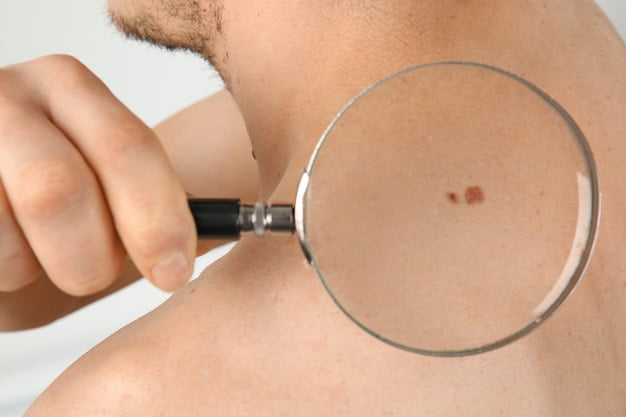Introduction
Facial birthmarks have intrigued and captivated humanity for centuries, sparking various beliefs and interpretations about their significance. These unique skin markings can vary in size, shape, and color, leaving individuals curious about their origin and possible meanings. In this article, we will explore different types of facial birthmarks and delve into the intriguing world of their potential symbolism.
I. Understanding Facial Birthmarks
Facial birthmarks are pigmented or vascular irregularities that are present at birth or appear shortly afterward. they result from variations in the development of blood vessels or melanocytes, the cells responsible for skin color. While their presence is primarily a matter of genetics and chance, ancient cultures and folklore have ascribed various meanings to these marks. Here are some common types of facial birthmarks:
A. Port-Wine Stains
Port-wine stains are flat, pink, red, or purple birthmarks caused by an overabundance of capillaries near the skin’s surface. These birthmarks typically do not fade over time and can grow in proportion to the individual’s size. In certain cultures, port-wine stains were considered a sign of heightened emotions or potential psychic abilities.
B. Mongolian Spots
Mongolian spots are bluish-gray birthmarks that often appear on the lower back or buttocks, but they can also be found on the face. These marks are more commonly seen in individuals with darker skin tones. Some cultures believed that these spots were indicators of reincarnation or a strong spiritual connection.
C. Café-au-Lait Spots
Café-au-lait spots are light brown birthmarks that resemble the color of coffee with milk, hence the name. While they are generally harmless, their presence in large numbers or irregular shapes may indicate certain genetic disorders.
D. Hemangiomas
Hemangiomas are raised birthmarks caused by an abnormal growth of blood vessels. They often have a bright red appearance and can occur on the face or other parts of the body. In folklore, hemangiomas were sometimes associated with extraordinary artistic or storytelling abilities.
II. Cultural Interpretations of Facial Birthmarks
Throughout history, different cultures have ascribed diverse meanings to facial birthmarks, linking them to past lives, character traits, or future destinies. Here are some intriguing interpretations:
A. Chinese Culture
In Chinese culture, facial birthmarks have been the subject of both fascination and superstition. For instance, a birthmark on the forehead might be interpreted as a sign of leadership potential, while a mark near the mouth could be seen as an indication of eloquence.
B. Indian Culture
In Indian culture, birthmarks are often linked to karma and past lives. It is believed that the positioning and appearance of a birthmark can provide clues about unresolved issues from previous incarnations.
C. European Folklore
In some European folklore, birthmarks were associated with mystical elements. For instance, it was believed that a birthmark on the palm of a person’s hand indicated they possessed the power to heal others.
III. Medical Perspectives on Facial Birthmarks
While cultural beliefs and superstitions are intriguing, modern medicine offers a more scientific perspective on facial birthmarks. Although most birthmarks are benign and require no medical intervention, some may warrant closer examination and monitoring, especially if they exhibit sudden changes or cause functional problems.
A. Dermatological Assessments
Dermatologists often conduct evaluations of facial birthmarks to determine their type, size, and potential impact on the individual’s health and well-being. Based on their findings, they may recommend treatments to address concerns such as the risk of complications, aesthetic considerations, or functional impairments.
B. Laser Treatments
Laser therapy is commonly used to treat certain types of facial birthmarks, such as port-wine stains and hemangiomas. These treatments can help lighten the birthmark and reduce its prominence, enhancing the person’s appearance and confidence.
Conclusion
Facial birthmarks, with their diverse types and appearances, have fascinated people across different cultures and time periods. While ancient beliefs and superstitions attributed specific meanings to these marks, modern medicine provides a more practical understanding of their nature and potential impact on individuals. Regardless of their origins or significance, facial birthmarks are a natural part of human diversity and should be embraced with acceptance and understanding.



